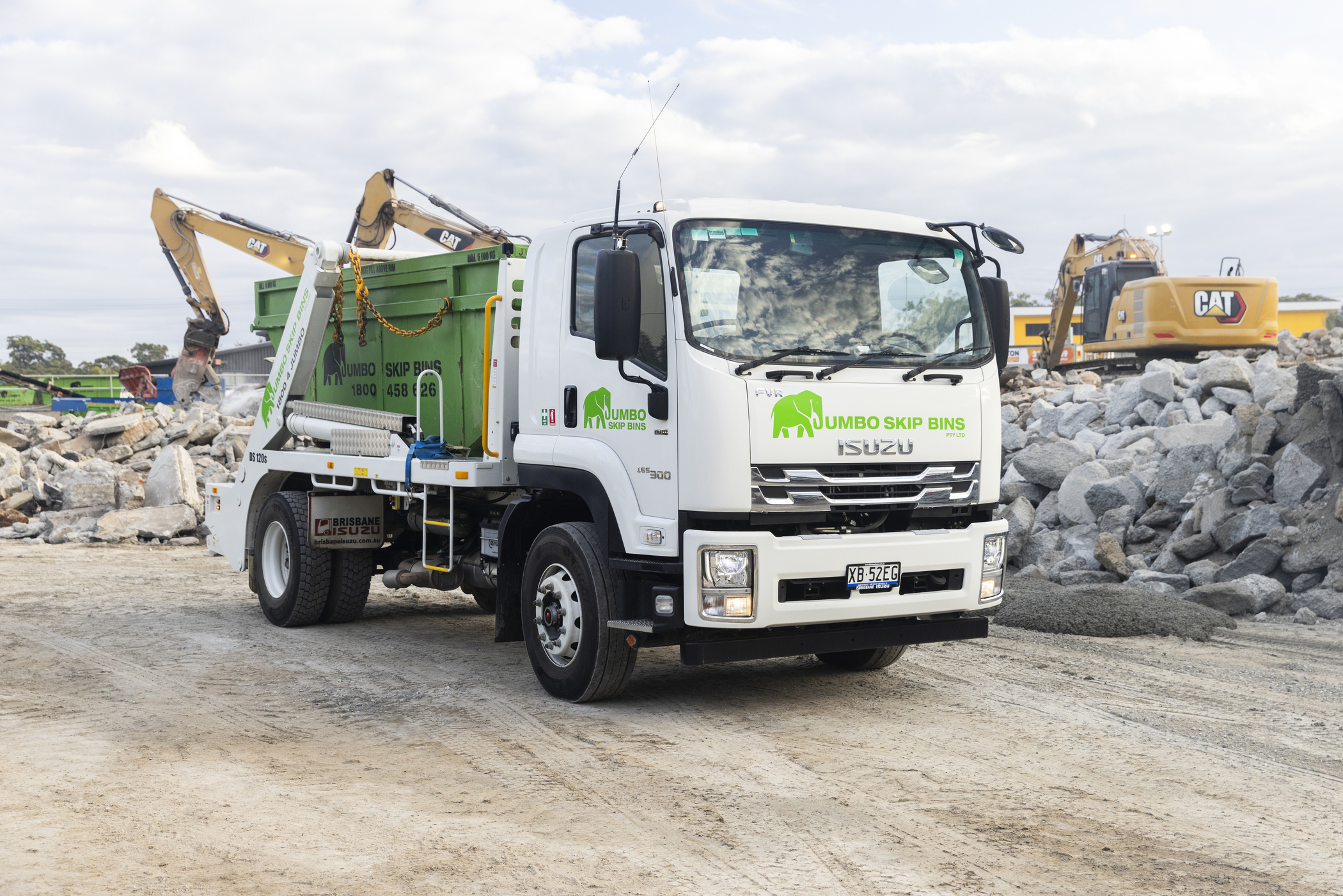ON-ROAD COMPLIANCE: IS YOUR TRUCK UP TO A SPOT CHECK?
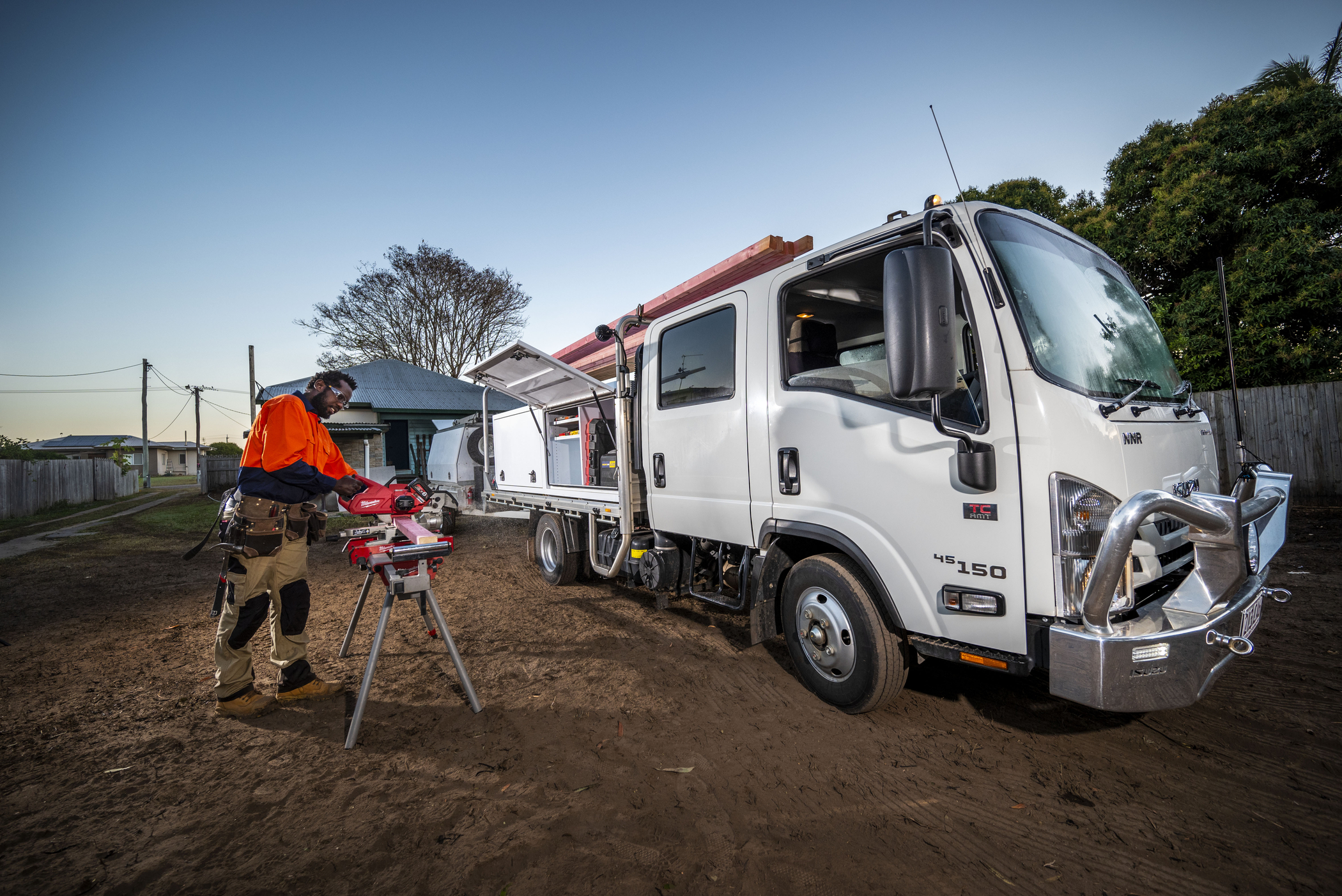
Spot check: noun. A test made without warning on a randomly selected subject.
Owning and operating a truck or heavy vehicle and managing both its operation and maintenance is no small feat.
Road safety is paramount and is particularly vital when it comes to heavy vehicles, not only because you’re operating a large machine but also because of the sheer amount of time spent on the road and amongst other traffic—particularly if you’re in the business of long-haul.
Trucks (and drivers) are a dynamic and an essential workforce on our roads, and as with all essential service providers, there are laws governing usage.
Today, we have a look at what’s required and what’s expected if you’re pulled over for an on-road spot check by a National Heavy Vehicle Regulator (NHVR) officer.

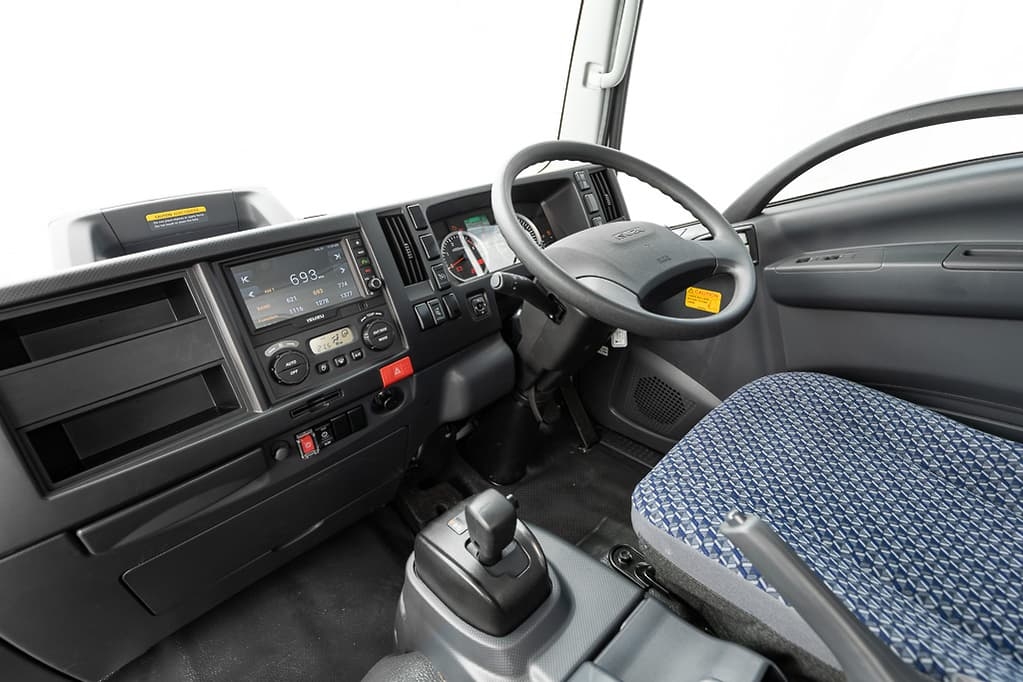

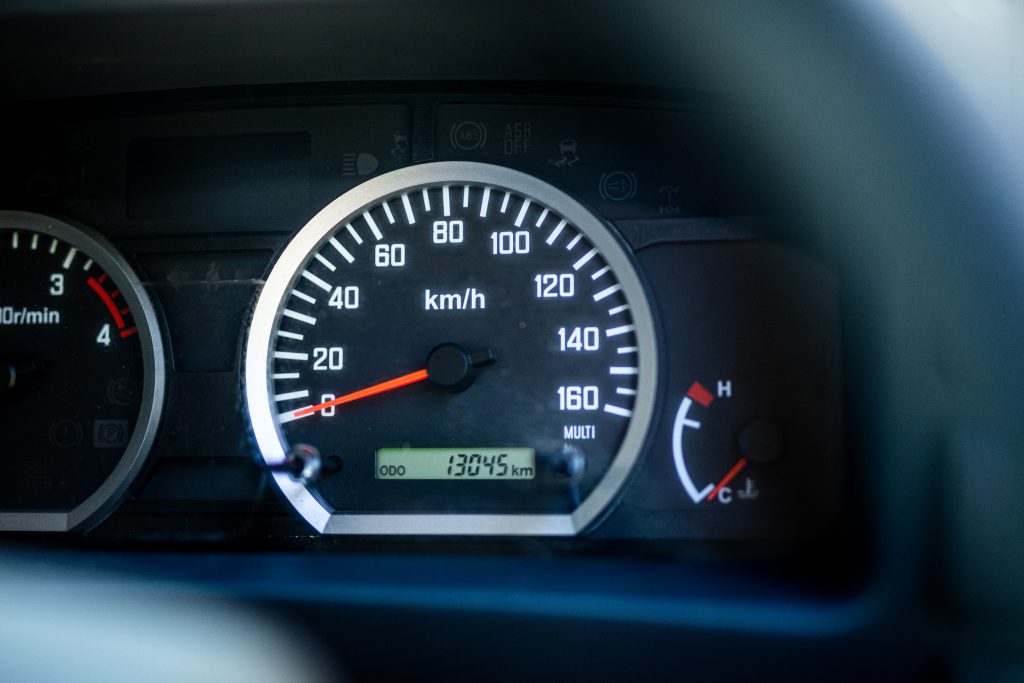
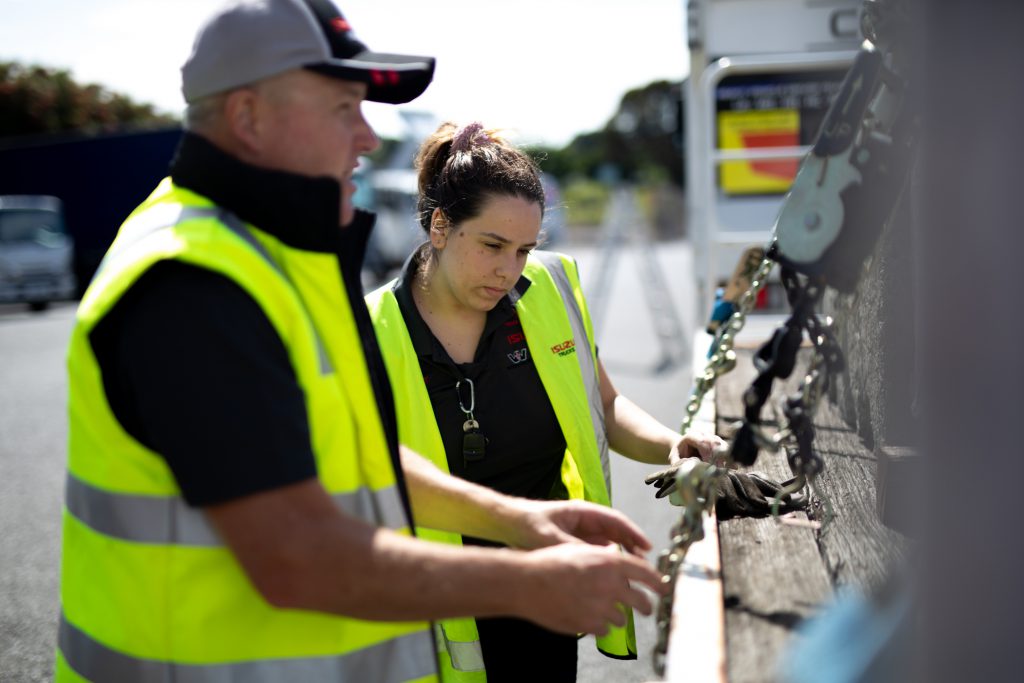 It’s also important to note that even though we’re discussing national law in this blog, different states and territories also have different exemptions and limits, so it’s good practice to check according to your route.
It’s also important to note that even though we’re discussing national law in this blog, different states and territories also have different exemptions and limits, so it’s good practice to check according to your route.


Spot on
It’s imperative that your truck is geared up to pass a spot check at any time, not only for your safety as a driver, owner or operator, but also for other road users. The National Heavy Vehicle Regulator (NHVR) governs the Heavy Vehicle National Law (HVNL) in Australia and random ‘spot checks’ for on-road compliance are done regularly, which means it may be done any time, at any place, throughout Australia’s road network. This in in addition to ‘fixed’ checks, such as in New South Wales, where Heavy Vehicle Safety Stations (HVSS) routinely intercept and inspect heavy vehicles with a GVM over eight tonnes across the state. Penalties for not complying with individual components of a spot check can range from $1,000 up to a mammoth $10,000 (see Schedule of HVNL Penalties, Infringement Penalties and Demerit Points). However, this can be avoided by treating your truck as an essential tool of the trade and maintaining it not only for longevity, but for the safety of all involved. Although it can be hard work keeping your transport operation up to scratch on the compliance front, it’s one of those things that just has to be done. Here’s some of the main components to keep an eagle eye on.
Work diaries
Something enforcement officers will check for is that you are meeting the prescribed work, rest, driver fatigue and work diary obligations. Driver fatigue is the cause of up to 30 per cent of all crashes nation-wide according to the Australian Automobile Association (AAN) as of 2019. The law requires that ‘a driver must not drive a fatigue-regulated heavy vehicle on a road while impaired by fatigue’. A fatigue-related heavy vehicle is a vehicle with a Gross Vehicle Mass (GVM) of over 12 tonnes including a trailer (which in many cases, drivers are unaware of), or a bus that has a GVM of over 4.5 tonnes, established to transport up to twelve adults. Responsibility of ensuring you or your driver are safe and taking adequate rest stops when on long-haul drives is attributed to all parties involved in the operation of the heavy vehicle. To help manage driver fatigue, a record keeper is prescribed—this may be your employer, the driver themselves (if self-employed), or an ‘accredited operator,’ as set out under the Basic or Advanced Fatigue Management accreditation. A work diary is involved too and is generally separate from the record keeper’s logbook on a driver’s activity whilst on a long-haul drive. According to the HVNL, all operators of a fatigue-related heavy vehicle must carry and complete this specific work diary. (For more information, see the NHVR here on where to get a diary, and this YouTube video on how to Get Your Diary Right).
Nuts and blots
Another key aspect of a spot check is meeting the required Vehicle Standards that will involve ensuring the following are all in correct operating order…- brakes
- couplings
- mirrors
- wheels, tyres and hubs
- structure and body conditioning
- lights and reflectors
- engine driveline and exhaust
- windscreen and windows

Tall and short
Next, it’s crucial to keep to the maximum mass and dimensions you’re allowed to transport on board. The permissible mass and dimension will depend on what class of vehicle your truck falls under. In some circumstances there are exemptions—refer to the NHVR for a listing of these. For the exact mass and dimension limits and possible exemptions visit the NHVR’s General mass and dimension limits. It’s also important to note that even though we’re discussing national law in this blog, different states and territories also have different exemptions and limits, so it’s good practice to check according to your route.
It’s also important to note that even though we’re discussing national law in this blog, different states and territories also have different exemptions and limits, so it’s good practice to check according to your route.
Safe and secure
And lastly looking at some of the most important checks that will occur during any on-road spot check: the efficiency of the ‘loading and restraining of loads’ on your truck. These requirements are particularly important to avoid items falling onto the road and causing a potential accident, and to avoid overloading which presents a range of safety risks. Specific guidelines on load restraints are available from the NHVR via a handy guideline booklet, which is worth keeping on hand in your cabin. Driver, manager, picker, packer, loader. Who’s responsible for ensuring Chain of Responsibility compliance in your workplace?


Playtime’s over, get $3,500* to spend on extras.
If you’re ready to get serious about tackling bigger jobs, grab yourself an NLR 45-150 AMT SWB Traypack from the Ready-to-Work range for $62,990 drive away*. And to prove we aren’t playing, buy any NLR Traypack before June 30 and you’ll get $3,500* to spend on genuine accessories or an Essentials service agreement.
Learn more



